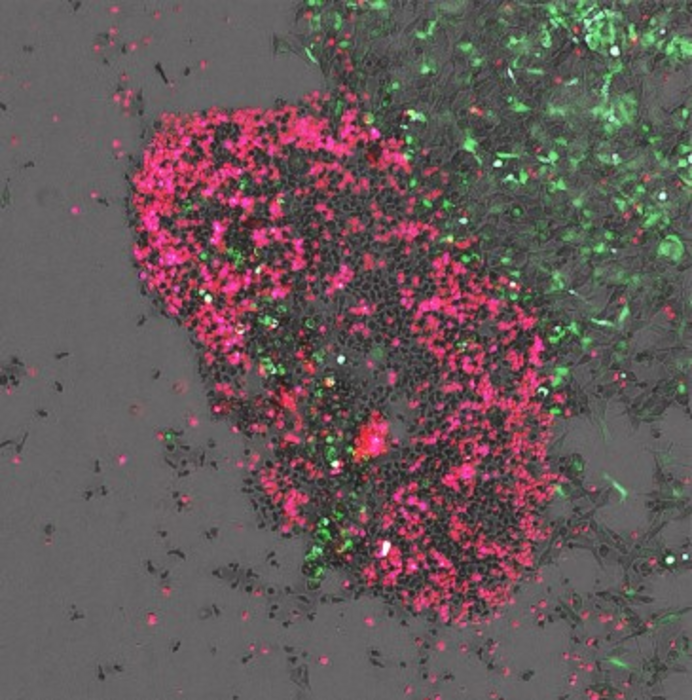Atrazine, widely used as a weedkiller, is known to have harmful effects on aquatic wildlife and presents a risk to human health by altering the action of certain hormones.
In a study published recently in Water Research, a team of researchers led by INRS professor Patrick Drogui compares various processes used to degrade atrazine, one of the most common pesticides detected in surface water in Quebec. The team demonstrates that photo-electro-Fenton (PEF), a hybrid process, is particularly effective for removing low concentrations of atrazine and its by-products in surface water sampled from agricultural areas. The study marks the first use of PEF in these conditions.
The researchers used a combination of electrochemical, photochemical, and photoelectrochemical processes together in a single reactor. The results were conclusive: over 99% of the atrazine was eliminated after 15 minutes of treatment. After 45 minutes of treatment, the by-products were all in concentrations lower than the detection limit in synthetic samples. In surface water, anywhere from 96% to 100% of the by-products were eliminated. The team was even able to observe each phase of degradation for the atrazine by-products.
As coauthor of this study, Professor Patrick Drogui explains, "These days, the challenge is to develop low cost industrial technologies that can be used to treat large volumes of water and simultaneously remove micropollutants like pesticides and their metabolites, which can be more toxic than the original compounds."
Although PEF is a clean, effective technology, it will take some more work to combine it with a biological treatment process in a water treatment plant and make it more energy efficient. Further research is needed to get a better understanding of how the atrazine degradation mechanisms identified in the study function in the presence of organic matter.
###
About the publication
These results are presented in an article published in Water Research under the title "Removal of atrazine and its by-products from water using electrochemical advanced oxidation processes." The research was conducted by Simon Komtchou, Ahmad Dirany, Patrick Drogui, and Pierre Lafrance from INRS's Eau Terre Environnement Research Centre and Didier Robert from Institute of Chemistry and Processes for Energy, Environment, and Health of the French National Research Council (CNRS). Financial support came from the Natural Sciences and Engineering Research Council of Canada (NSERC).
doi: 10.1016/j.watres.2017.08.036
About INRS
Institut national de recherche scientifique (INRS) is a graduate-level research and training university and ranks first in Canada for research intensity (average funding per professor). INRS brings together some 150 professors and close to 800 students and postdoctoral fellows at its four centres in Montreal, Quebec City, Laval, and Varennes. Its basic research is essential to the advancement of science in Quebec and internationally, and its research teams play a key role in the development of concrete solutions to the problems faced by our society.
Media Contact
Gisèle Bolduc
[email protected]
418-654-2501
@U_INRS
http://www.inrs.ca/english/actualites/effective-way-eliminate-atrazine-and-its-products-surface-water
Related Journal Article
http://dx.doi.org/10.1016/j.watres.2017.08.036





